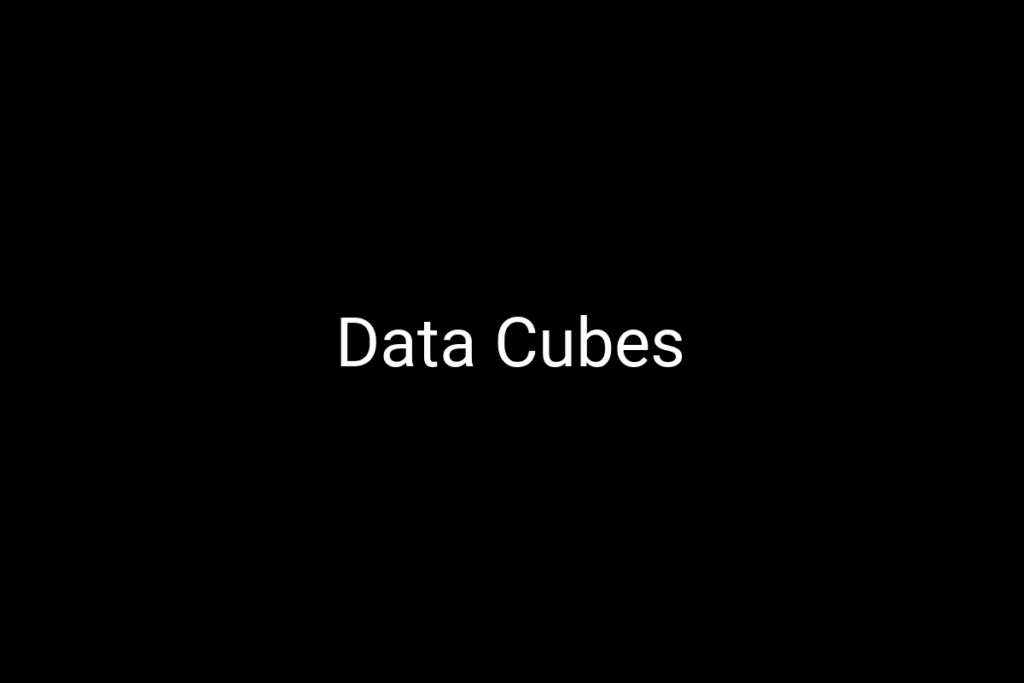Data cubes are a tool that can be used to analyze data. Data cubes let users analyze data through a variety of viewpoints. The user typically studies three factors at a time, hence the name data cube. A data cube is not restricted to holding just three factors, or dimensions. Some cubes can have as many as 60 dimensions, though they are usually only viewed in groups of three. Structurally, data cubes have two parts: dimensions and measures.
Data cube dimensions are defined as any factor that can be reported. Basically a data cube is an extension of a two dimensional table. Data tables will have rows and columns that keep them two dimensional. Each row and column contains a factor such as a product and total sales of a product. Data cubes take into consideration a third, and often more, dimension. In a data cube not only is the product and total sales analyzed, but also the date, location and price can be analyzed at the same time.
Measures are the actual data values, while a product like hair shampoo would be a dimension. The total amount of hair shampoo available would be a measure. Measures are what is visualized when the data cube is converted into a chart. The charts are what allow the user to understand the findings of the report.

Building a Data Cube
Company ABC wants to study the sales of its products. Tracking the sale we will already know at least four factors–the type of product, selling entity, location of sale and amount of sale. There are other factors to consider, the amount of product sold, company cost for each product, and how long the product remained on the shelf.
All of the above factors can be a dimension in a data cube. Company ABC can take any two of the above factors and create a report. For example, company ABC can track sales of product Z by employee X. Add in a third factor and you get a data cube. Company ABC can see if employee X is selling more product Z or A. Data cubes allow users to study many variables and analyze a variety of different situations.

Recent Comments